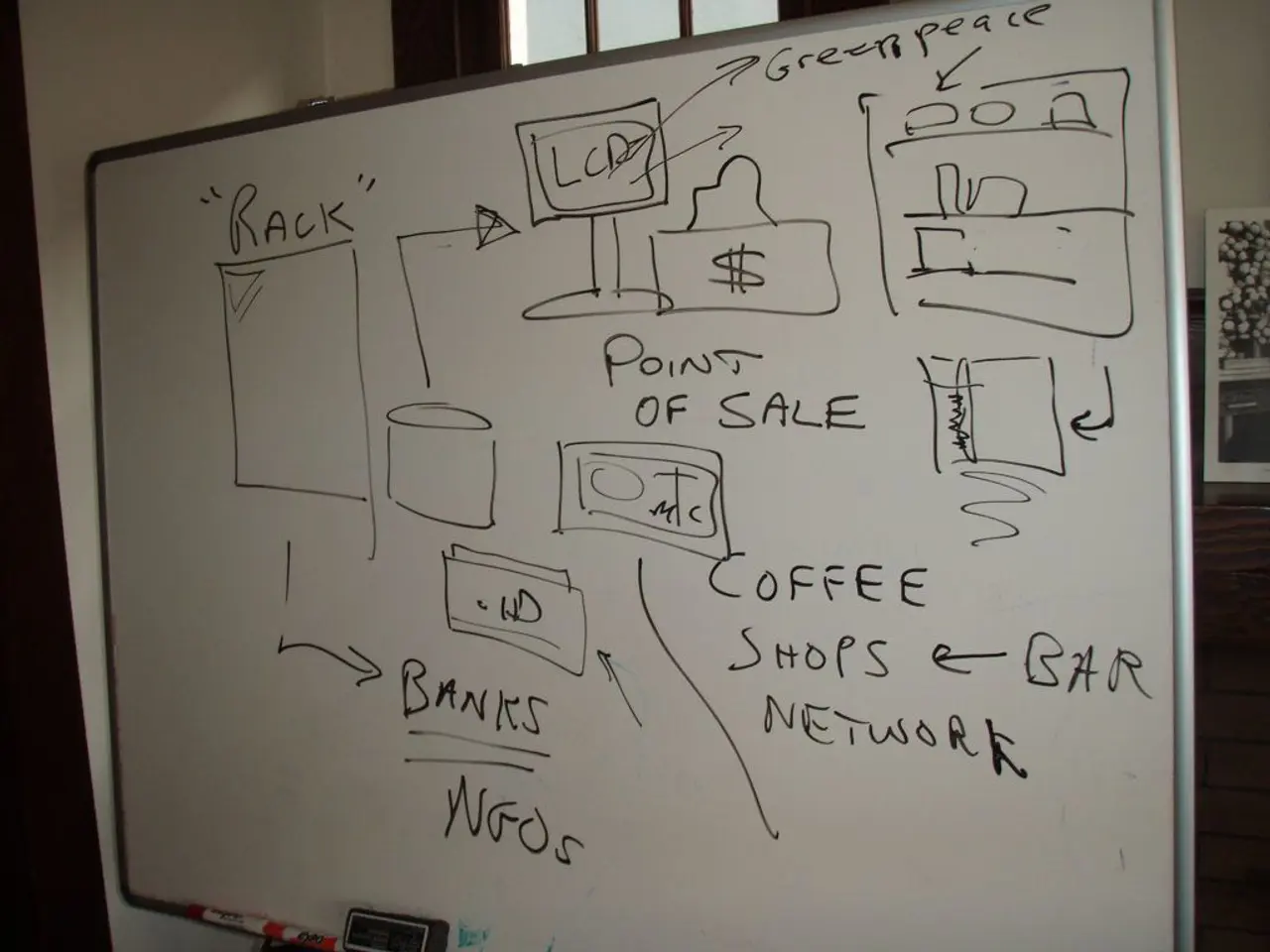Published Workbook by Post-Quantum Cryptography Coalition Detailing PQC Inventory
Post-Quantum Cryptography Coalition Releases PQC Inventory Workbook
The Post-Quantum Cryptography Coalition (PQCC) has published a downloadable tool, the Post-Quantum Cryptography (PQC) Inventory Workbook, to help organizations prepare for a secure transition to quantum-resistant cryptographic standards.
The PQC Inventory Workbook is a crucial first step in planning for a secure future against quantum computing threats. It enables early risk assessment and migration planning, safeguarding data against potential threats posed by future quantum technologies.
How to Download the PQC Inventory Workbook
The workbook was released publicly by the PQCC in August 2025. You can download it directly from resources linked in recent PQCC announcements or cyber infrastructure websites reporting on PQC initiatives, such as the Industrial Cyber site detailing the PQC Coalition release. The exact direct download link is typically available on PQCC official pages or trusted cybersecurity coalition portals covering PQC readiness.
How to Use the PQC Inventory Workbook for Data Security Planning
To make the most of the workbook, follow these steps:
- Build a Centralized Cryptographic Inventory
- Identify and list all cryptographic assets and systems across your organization.
- Use the fields in the workbook to document key information about each cryptographic asset, such as algorithm types, key lengths, system lifecycles, and current security status.
- Categorize and Prioritize Assets
- Classify assets based on priority and risk level (high, medium, low) to effectively allocate resources and migration efforts.
- The workbook supports this through structured tabs and priority markers to help plan sequencing and focus areas.
- Align Inventory with PQC Migration Roadmap
- The workbook is aligned with the broader PQC Migration Roadmap, ensuring that inventory efforts integrate into long-term strategies for transition from classical to quantum-resistant cryptography.
- Track Migration Progress and Plan Updates
- Continuously update the inventory as new systems or cryptographic assets are identified or as migrations occur.
- Tracking progress within the workbook enables better coordination and adaptability in migration efforts.
- Customize as Needed
- Organizations can tailor the workbook structure by adding additional fields or data points to suit their specific environment, maturity, and compliance requirements.
By using this workbook, organizations can reduce risks associated with quantum threats by enabling effective early-stage planning and a structured approach to cryptographic modernization. This is particularly important given that current encryption could be vulnerable to future quantum computing capabilities.
For more information or media inquiries, contact Lisa Fasold at [email protected]. If you wish to participate in the coalition, visit PQCC.org or contact [email protected]. The PQCC, founded by IBM Quantum, Microsoft, MITRE, PQShield, and SandboxAQ, is dedicated to providing critical outreach and education to support Post-Quantum Cryptography (PQC) migration.
The PQC Inventory Workbook, a crucial tool for data security in the era of quantum computing threats, helps organizations categorize and prioritize their cryptographic assets within the organization, using structured tabs and priority markers to align with the broader PQC Migration Roadmap. This workbook is a significant step towards safeguarding data in cloud and data-and-cloud-computing environments, as it reduces risks associated with quantum threats by enabling effective early-stage planning and a structured approach to cryptographic modernization, given that current encryption could be vulnerable to future quantum computing capabilities.




